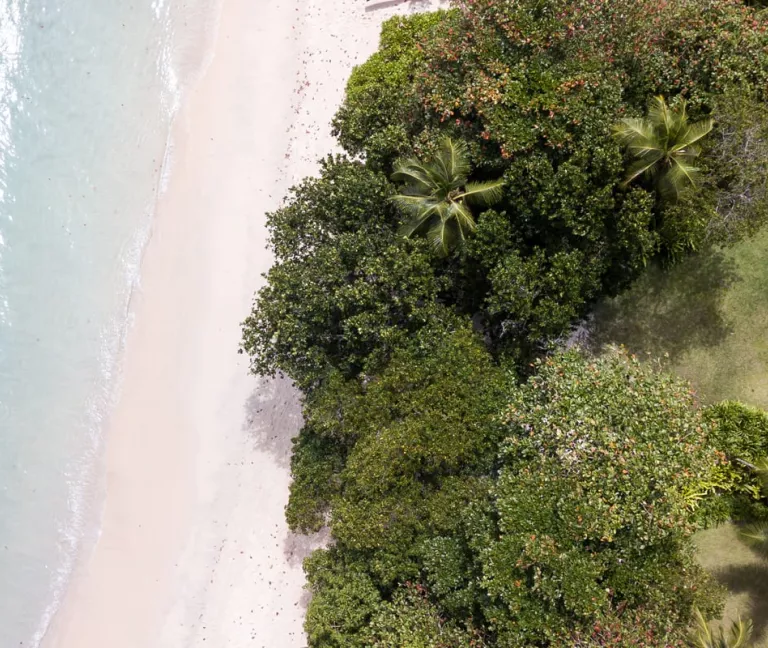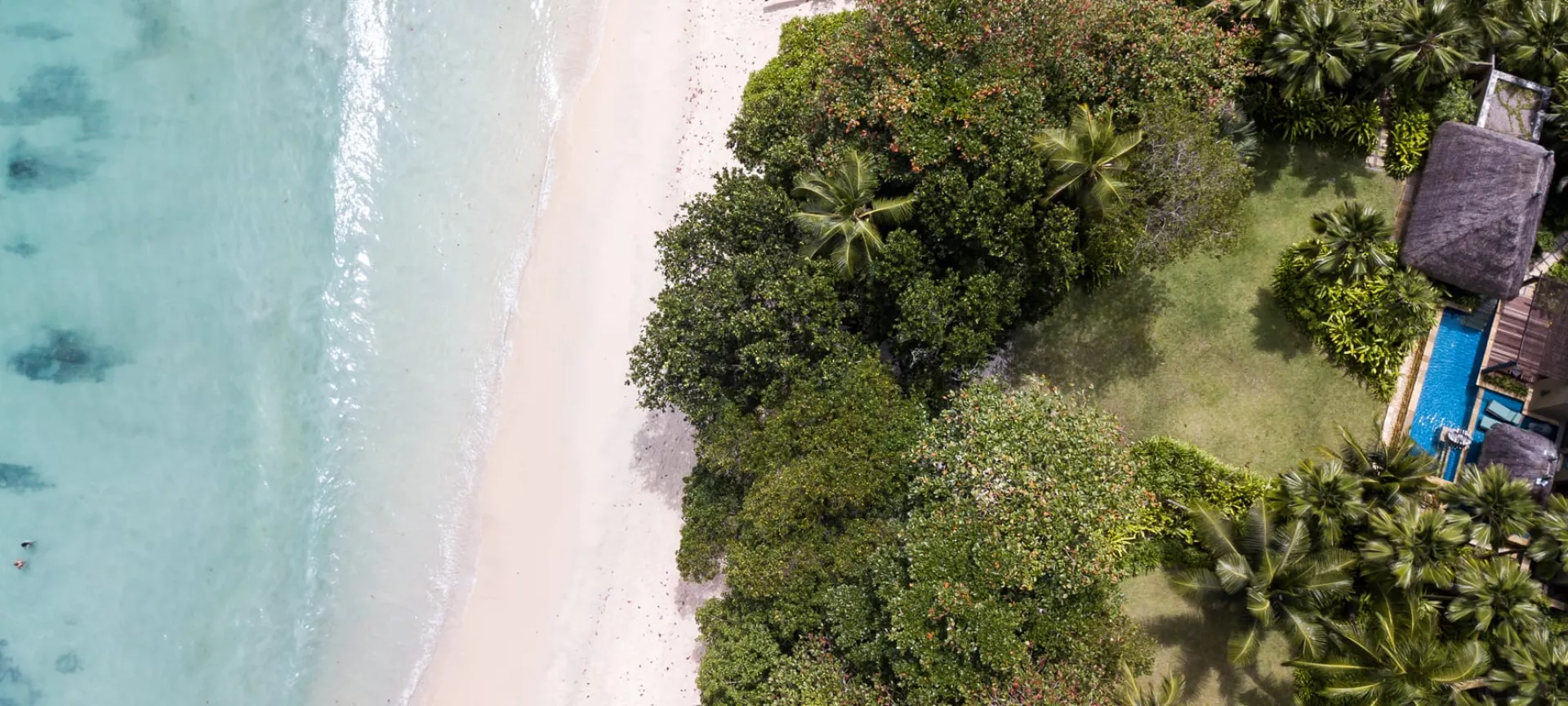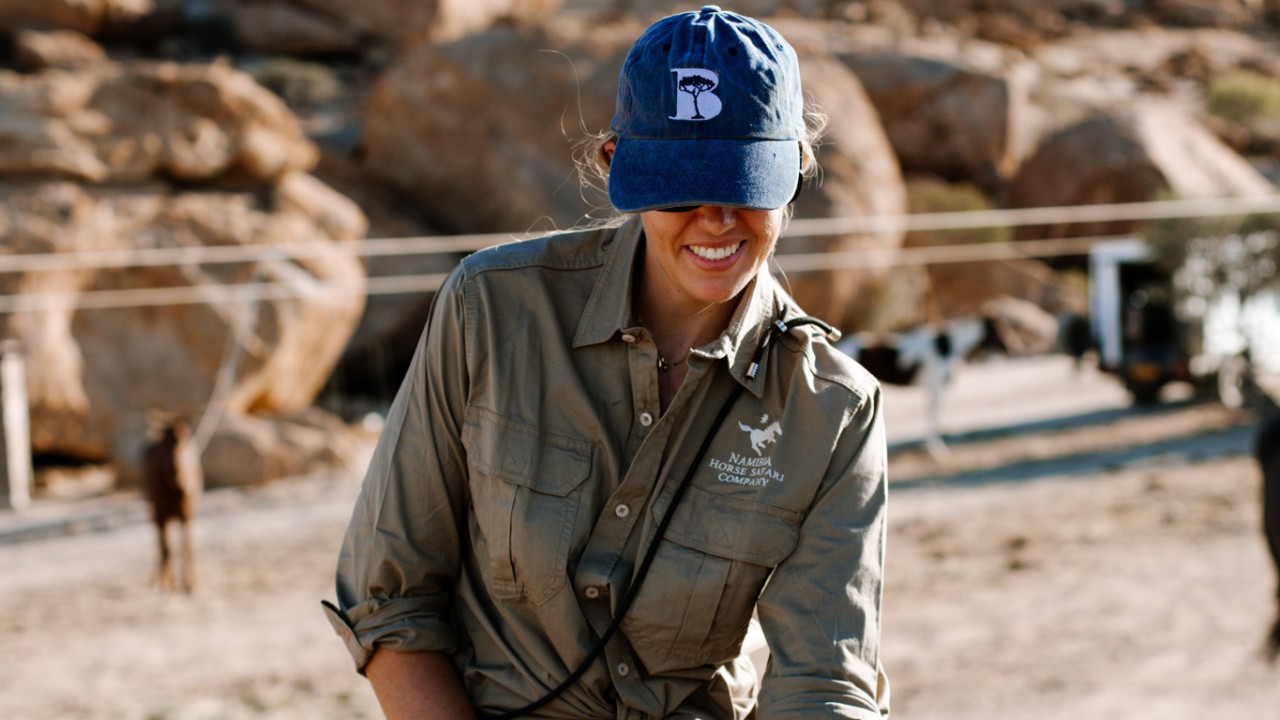
You’ve booked your next equestrian adventure. You’re gearing up for a galloping good time, dreaming of mounting your trusty steed and trotting off into the sunset.
But now comes the hardest part of all - what do you pack?
We have you covered.
Below are Emma’s suggestions for what you should (and shouldn’t) pack, and her 5 top tips, taken straight from the horse's mouth (pun intended).
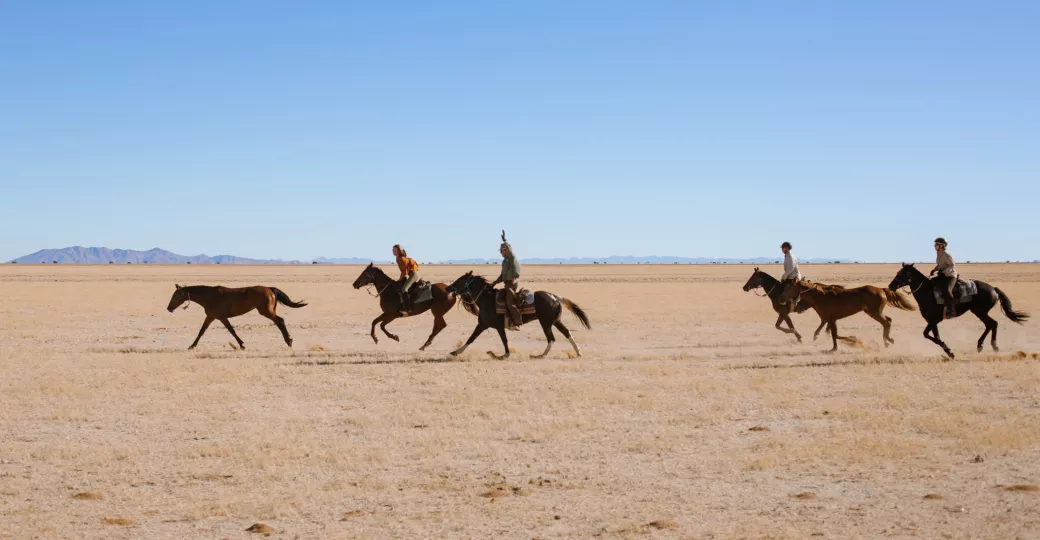
Riding through the Namib Desert - Alex du Toit
What to Pack
Riding safaris can be intense - days in the saddle with new horses and terrains, so make sure you choose to be practical over fashionable:
Riding Essentials:
1. Sturdy riding boots and half-chaps
(Take it from someone who learnt this the hard way) - Make sure you have boots that support your ankles. Long ones may provide better stability and protection, but also take up a lot of luggage space, so good quality short boots with half chaps that provide a good grip to keep you firmly planted in the saddle is ideal.
2. Riding hat
Whilst some places won’t make this compulsory, we’d always advise you to take your own helmet. You’ll be riding a new horse, in a new environment, and I'm sure you’d agree it’s better to be safe than sorry, no matter how advanced a rider you may be!
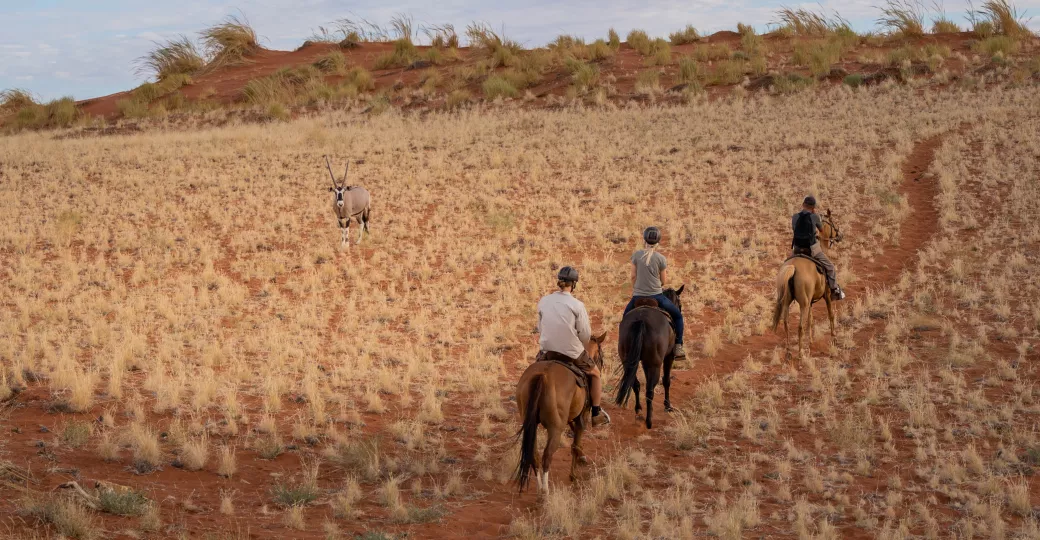
Credit: Wolwedans
3. Riding gloves
Much like Marmite, you either love or hate to wear riding gloves. But if you’re riding for up to 6-7 hours a day, you’ll be glad you packed them - there’s nothing more frustrating than getting a blister or sunburnt hands on day one. Just make sure you choose a pair that allows your hands to breathe, whilst providing great grip.
Wardrobe:
As much as your social media may love some bold colours and statement prints, your safari wardrobe should be as neutral as possible - you’ll want to blend in with the bush (think of yourself as a leopard stalking its prey). Greens, browns and beiges are your best options.
4. Jodhpurs
You’ll be in the saddle for the majority of the day, so you’ll be living in your jods and comfort is paramount. Pack at least 2 pairs, and check the climate of where you are heading to determine whether to pack thermal or thinner fabric. Top tip: Full-seat silicone is superior for grip and comfort in the saddle.
5. Layers
The African bush can be as unpredictable as any (and every) wild animal on the continent. Pack lightweight, breathable layers that you can easily peel off when the sun decides to turn up the heat or throw on when the weather takes a sudden turn for cold.
This includes a few long-sleeved cotton shirts, short-sleeved tops, a zip fleece for those cooler mornings and evenings and a lightweight rain jacket.
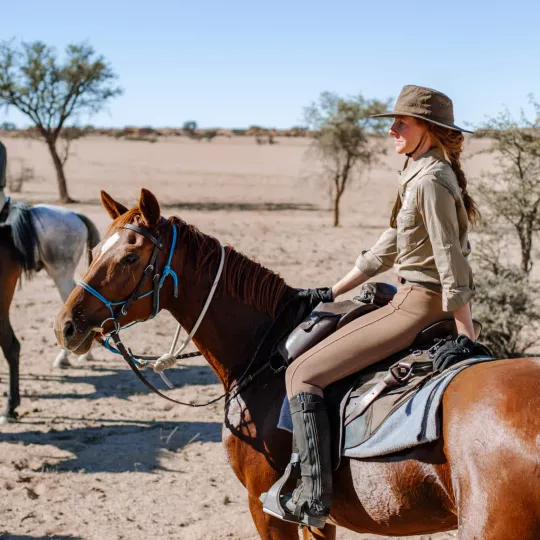

Credit - Alex du Toit
6. Birkenstocks and trainers
When you’re out of the saddle, comfy shoes for those evenings around the campfire are needed, and ones where your feet can breathe! For completely mobile safaris in particular, comfy sandals such as Birkenstocks are ideal for trips to and from the bucket showers.
And if you’re doing some hiking, you’ll want a pair of closed shoes such as a good pair of hiking trainers - but try to keep them lightweight!
7. Sunglasses
If, like me, you are prone to dropping things, take two pairs! I always take my nicer, more expensive (prescription) sunglasses for any moment I'm NOT on the horse, and then I ride with a pair I don’t mind getting dusty, scratched, or dropped (yes, it happens!).
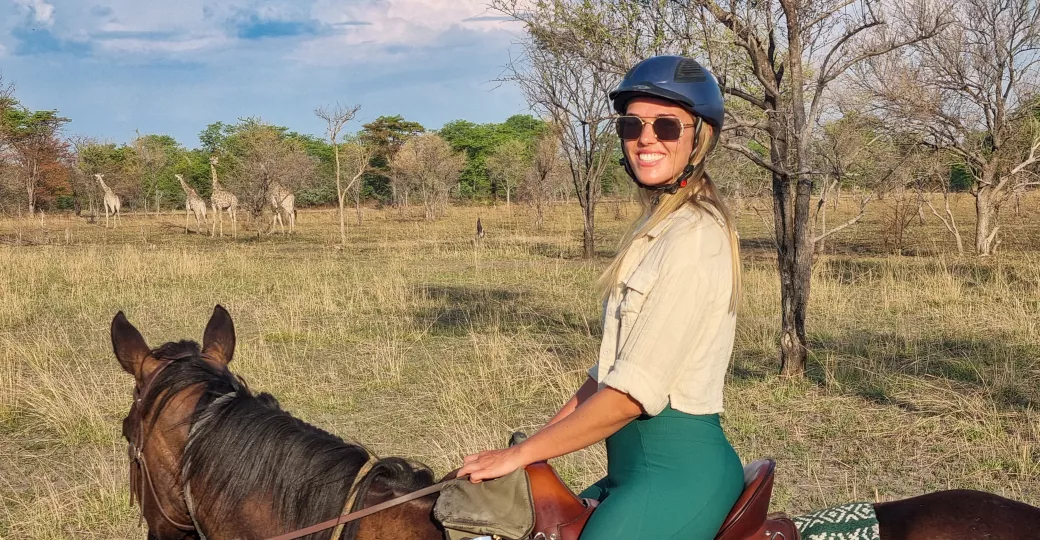
Emma Blunt
8. Swimsuit
Many static camps have a swimming pool - check before you travel. And notice the singular (swimsuit) and not plural - save your packing space for more essential items - you can swim in the same swimsuit for a few days.
9. For the ladies - Comfy sports bra(s)
No explanation needed.
Gadgets:
10. Camera and/ phone
What’s a safari without some photo and video memories? Make sure you pack your camera and/or phone (with a good camera and in-built stabilisation) to capture those magical moments from the saddle.
But always make sure to put down the camera every once in a while, take in the moment through your own eyes and not through a lens.
11. Portable battery pack
On longer rides, make sure you have a good power bank. And if you’re mobile camping, this is a great solution if everyone is trying to use the one power socket each evening. Just remember - batteries drain faster in colder temperatures.
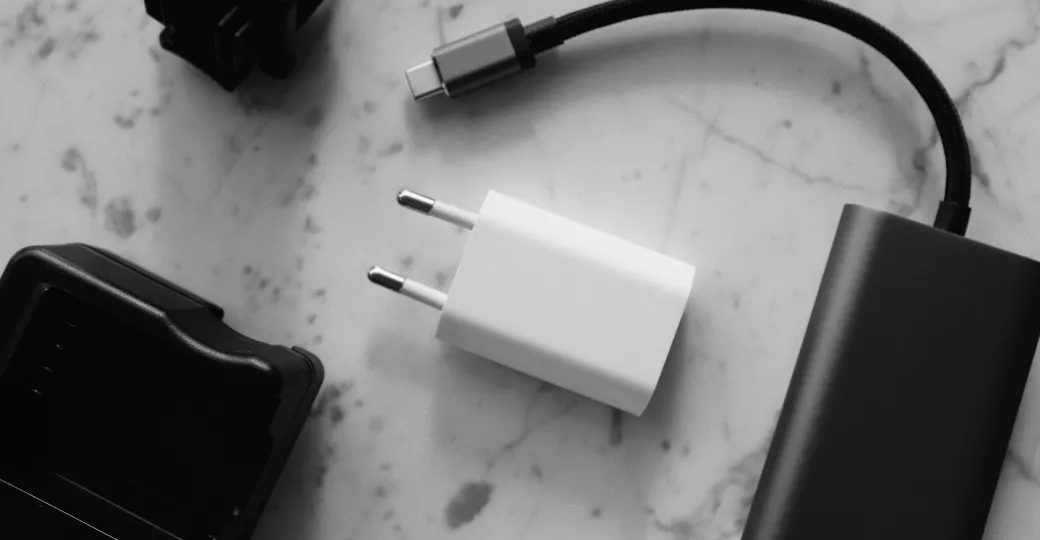
Skin, Beauty and First-Aid:
12. Simple skincare
When it comes to skincare, keep it simple with a face wash/cleanser and moisturiser - less is more! Try to bring ‘travel size’ options for everything, you don’t need a 300ml face wash for a week on safari.
13. Suncream and lip salve
High SPF, always. It sounds like common sense, but always put it on before you start riding, and make sure to reapply throughout the day. The lip balm will also help with the wind - be proactive rather than reactive in this case and always keep it in your saddle bag.
14. Mosquito repellent
depending on where you are heading, you may want to arm yourself with repellent, to keep those pesky critters at bay. If nothing else, your sanity will thank you!
15. Ankle straps or any other support you may need
For me, ankle straps are a staple part of my riding bag, and on many riding trips, I also find others need this extra support after a few long days riding with new stirrups. Top tip: vet wrap bandages and duct tape give some of the best support - no need to spend lots on fancy ankle straps.
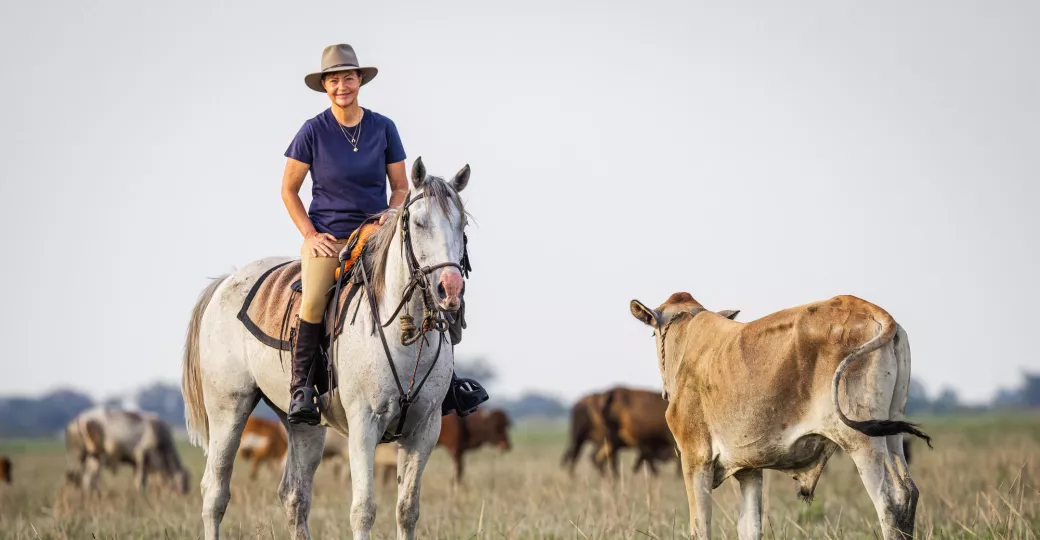
Credit - Chundukwa River Lodge
16. Any medication you may need
Also, check with your doctor if you may need antimalarials depending on where you are heading. Top tip: anti-inflammatories can also be a game changer.
17. A few other items that you can thank us for later:
Chafing cream - it’s no secret that long days in the saddle could cause irritation and chafing. So if you’re prone to this, being proactive is your best bet - apply a chafing cream BEFORE saddling up each morning and creating a protective barrier will minimise your chances of discomfort - don’t wait until you start chafing, by then it may be too late
Face spray/spritz - I have just returned from a 10-day ride across the Namibian desert and my riding friend brought along a small face spray. Giving everyone a little spritz over lunch was honestly the most revitalising feeling - hers was rose geranium scented in case you’re wondering! Run, don’t walk, to add this to your riding bag.
Dry shampoo - ladies, you won’t want to wash your hair every day, so a little spritz with some dry shampoo after taking off your riding hat for the day can make all the difference.
E45 body moisturiser (or your preferred choice) - you’ll be craving all the moisture, trust me.
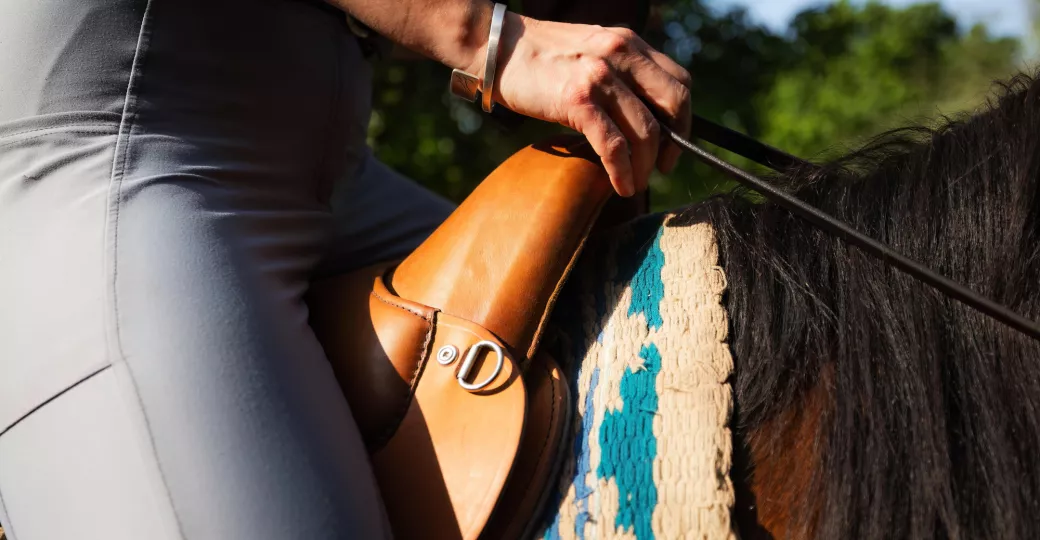
Credit - Chundukwa River Lodge
Essential Extras:
18. Buff/scarf
The phrase ‘eat my dust’ is real - don't underestimate the amount of dust the horse in front will kick up.
19. Headtorch
A hands-free light source is key for all your post-sunset and pre-sunrise needs - walking to and from your room to camp or for those mobile safaris, finding the bathroom!
20. Bonamy hat (or a wide-brimmed hat)
I never go away without my Bonamy cap - I like something comfortable that I can also fit into a small saddle bag! But if you want to go full ‘cowgirl/cowboy’, a wide-brimmed hat is a must!

21. Noise-cancelling earplugs
Personally, I love to fall asleep to the sound of nature. But, if you need silence to get in those extra hours, a good pair of earplugs will be your best friend (and take up barely any room in your luggage)
22. Monopoly deal
If you know, you know (playing cards will suffice too)
What to Leave Behind
Mirror - it’s incredibly refreshing to be free from any mirror - give it a try!
Make-up - give your skin a break, you don’t need it
Perfume/aftershave - you’re in the wilderness and the natural aroma of the bush is all part of the immersive experience. If you are adamant you need something, get a very small perfume atomiser.
Stress - Leave any worries at home and embrace the spirit of adventure. You’ll be surprised how easily you slip into the life of: eat, sleep, ride, repeat!

5 Top Tips
1. Pack light
Depending on where you are heading, luggage weight is normally between 15-20kg in soft-sided bags, so bear this in mind when packing!
If you’re prone to over-packing, it’s time to be ruthless:
Pack in pre-planned outfits - and stick to those.
Practical over fashionable
Use packing cubes to help separate everything so you’re not rummaging through your bag in the morning before sunrise trying to find where you put something.
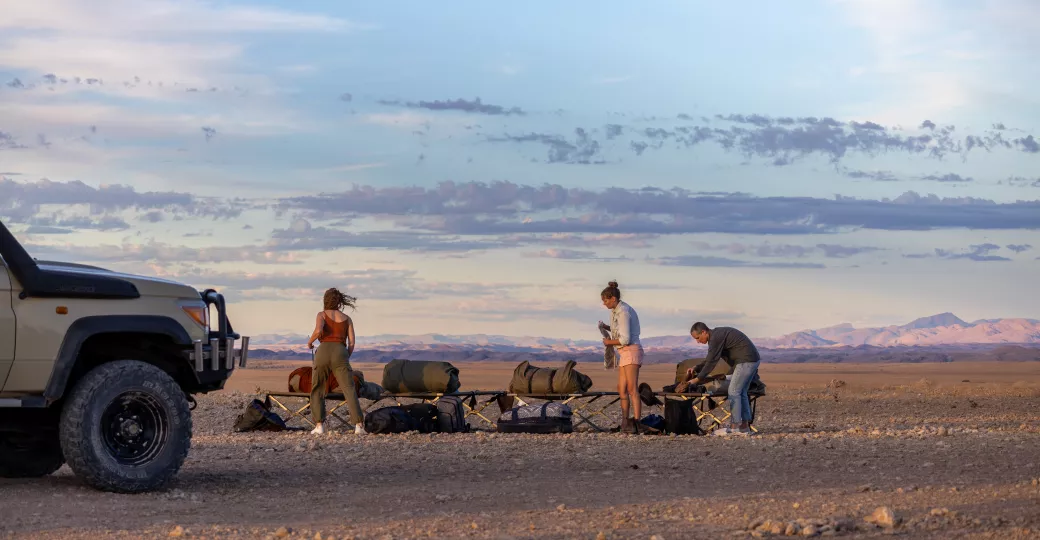
2. Size matters
Saddle bags are small, so you will need to be strategic with what you carry with you for the day of riding.
My preference is always:
Water and snacks - you’ll most likely be given your water bottle(s) by the riding company, to use throughout your trip, and I always pack a sugary snack in case I need a bit of extra energy - dried mango or a cereal bar are always good choices.
Bonamy cap - for those breaks when you want to take off your riding hat and get a good picture with your horse and surroundings, a cap you can fit into your small saddle bag is a lifesaver.
SPF Lip balm - you’ll be surprised how quickly you’ll need to top up on this into a ride. Don’t make the mistake of leaving this out of your saddle bag - burnt lips are not fun for days of riding.
Phone - to capture memories!
Buff - so many uses.
If needed, a small bum bag can be a good call - comfy and easy to ride with and gives you a bit of extra space if you don’t have enough room in your saddle bag.
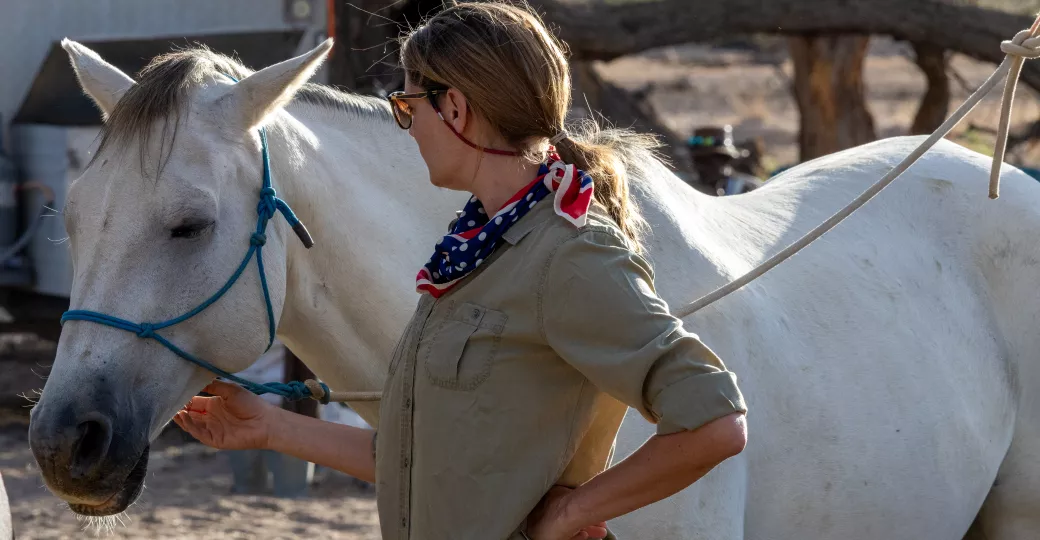
3. Sturdy socks save lives
Take as many pairs of good socks that you can stuff into your bag! And make sure they are sturdy/good quality. Your feet will thank you for it.
4. Strap in
Purchase a phone strap that can mean your phone can dangle over your shoulder (I normally wear it across my body) without worrying you may drop it when trying to ride and record.
The same goes for sunglasses - a sunglass strap will ease any worry about dropping your sunglasses mid-ride, meaning you can focus on what is most important - enjoying yourself!
5. The most important thing to bring along
Confidence, courage and your sense of adventure - you’re in for the best time, so be present and get ready for an experience you’ll never forget.
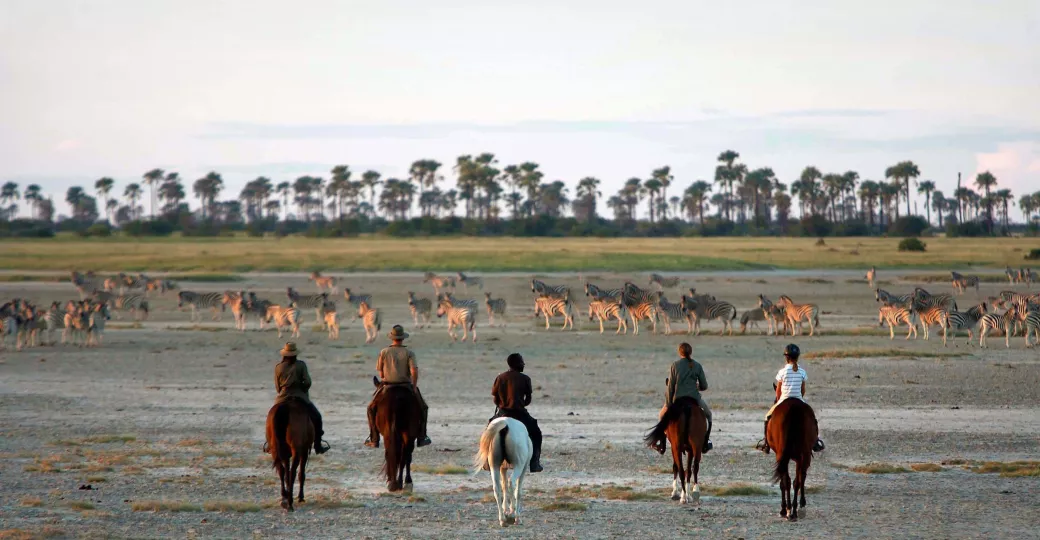
Horse riding on the Pans - San Camp
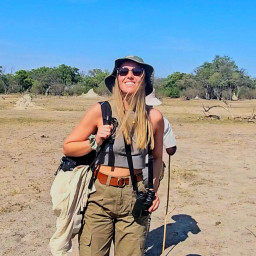
Emma Blunt
A Bonamy guest turned contributor, and an all-round good friend, Emma has an unquenchable thirst for travel to some of the world's wildest places.
Combining a passion for eco-conscious travel with...
Never miss a notebook entry with our newsletter

